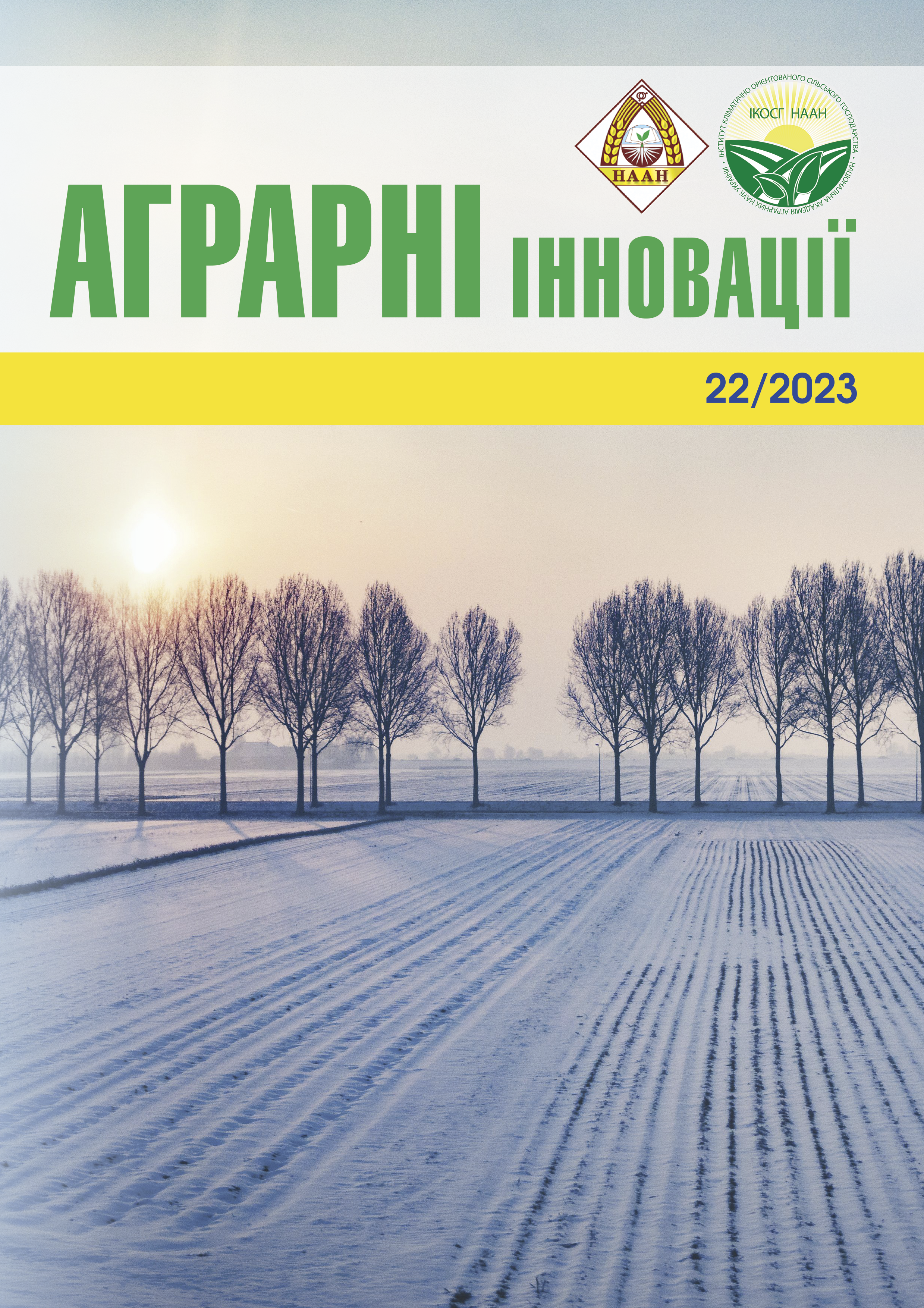COMBINING ABILITY OF APPLE BREEDING VARIETIES
Abstract
The article presents the results of studying apple varieties based on multi-year expeditionary surveys of various regions of Azerbaijan. Research Methodology. The studies were conducted from 1985 to the present in the Department of Fruit Crop Breeding at the Scientific Research Institute of Fruit Growing and Tea Growing (Institute). Local, introduced, and breeding varieties of Institute were used as initial material. Results Local, introduced, and breeding varieties of Institute resistant to scab and other diseases were identified by scientists. Since 1985, the agrobiological properties of samples included in the apple gene pool have been studied. Breeding work in Azerbaijan continued through crossing (F2). As a result, apple varieties such as Nigar, Marfa, Sulkh, Gobustan, Zumrud, Gyzyltadzh, Khazar, Eldar, Ulvi, Nyubar, Vatan, Makhmari, Nuran, Sarvan, Chyraggala, Davamly, Emil, Elvin, Kubinsky Autumn, Kubinsky Winter, Shabran, Sevinj, Lale, and others were created. High fruit tree productivity is one of the most important qualities of each created variety. Our observations showed that the best crossbreeding combinations for obtaining productive varieties include: Naila × Sary Tursh (Sevinj variety) – 45, Eyubi × Winter Red Ginger (Sadaf) – 43, Guba Reneti × Sary Tursh (Elvin) – 35, S. Vurgun × Jir Gadzhi (Gyzyltadzhe) – 35, Naila × Pepin London (Kubinsky Winter) – 31, Sona Alma × Sary Tursh (Ulvi) – 30, Naila × Jir Gadzhi, Sary Tursh (Gobustan) – 30 t/ha. Conclusion. Based on the conducted research, promising varieties have been identified with key characteristics such as large fruit size, high productivity, and good quality. These varieties have been transferred to both private and state-owned farms for cultivation. All varieties demonstrate fruit yield within the range of 73–87% in terms of commercial quality. Varieties such as Sadaf, Sevinj, Shabran, Elvin, Emil, Davamly, Chyraggala, Makhmari, Vatan, and Ulvi have shown high commercial value and consumer appeal.
References
2. Методика державного випробування сортів рослин на придатність до поширення в Україні / Методика проведення експертизи сортів плодово-ягідних, горіхоплідних культур та винограду. К. : Алефа, 2005. С. 161-232.
3. Кондратенко Т. Є., Кузьмінець О. М. Помологія. Поширені та перспективні сорти зерняткових культур: навчальний посібник. Київ : ЦП Компринт, 2018. 217 с.
4. Опалко А. І., Заплічко Ф. О. Селекція плодових і овочевих культур. Київ: Вища школа, 2000. 440 с.
5. Симиренко В. Л. Часткове сортознавство плодових рослин / Яблуня. К. : Аграрна наука, 1995. Т. 1. 454 с.
6. State Statisticae committee of the Republic of Azerbaijan. Baku, 2022. 153-402.






